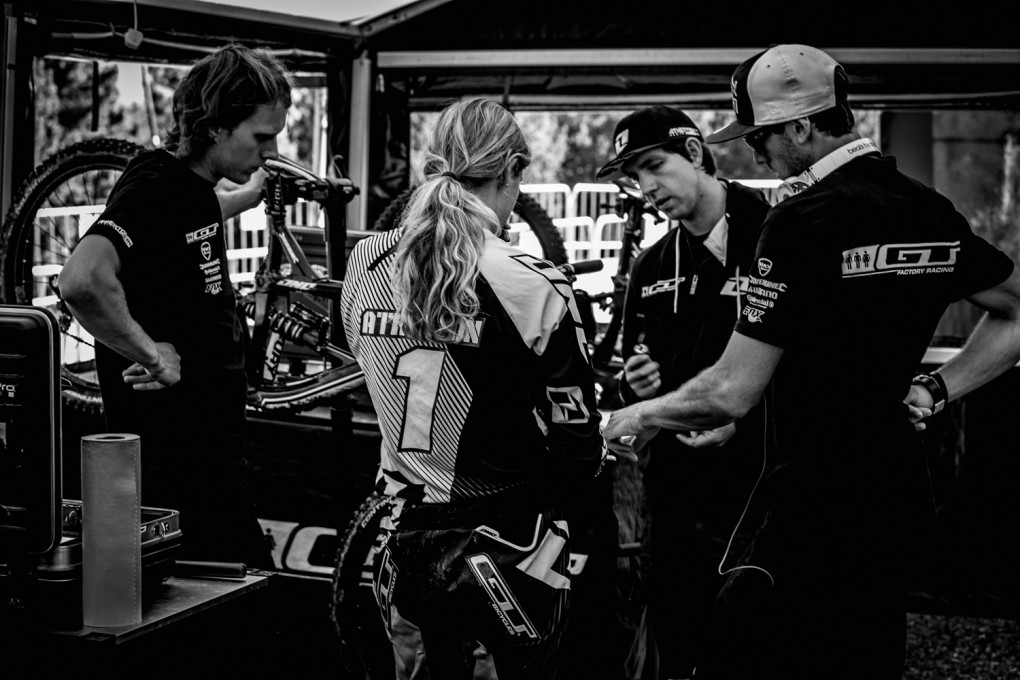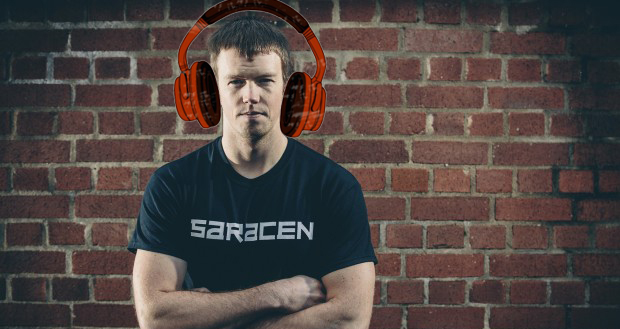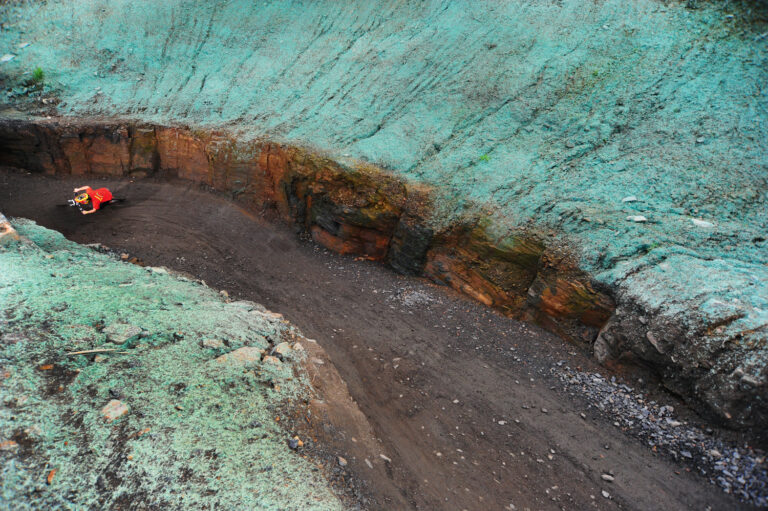
I recently presented a talk at a prestigious university in Mexico, I think it’s the most expensive in the country to attend…
From Dirt Issue 141 – November 2013
Words by Darren Roberts. Photo by Sven Martin.
Which probably explains why they went to the trouble of flying me all the way from the UK to talk to the industrial engineer students about high performance. What’s industrial engineering got to do with high performance? Industrial engineering is in fact about systems and process, not actually making something in a factory. It’s the process and structure you have in place to make things happen – so it’s not as random a connection as you might think. Extreme sports athletes don’t like systems, process or being told what to do. Not doing as they’re told is ultimately what makes them good at what they do. So having a system in place for people that don’t like systems is an interesting challenge for me, but the performance team meets it.
After sharing my experiences with the 200 or so eager minds, it was time for questions – which is always a nervous part for any presenter, as you’re likely to be put on the spot. One of the questions struck me; what did I think was the limit to performance? I wrote last month about the next frontier in athlete high performance, emotional maturity, how to put on a ‘performance’ in a theatrical sense and artistry. Not easy concepts for people to grasp in my world, which puts me on the fringe. However in terms of ‘performance limiters’ it’s easy to think of things like lack of power, strength, endurance, movements restrictions at a joint on an athlete and technical ability.
For me though it’s slightly more cerebral than that, and whilst it is a good idea to spend time ensuring an athlete has a good squat pattern before loading it, there are other factors involved. Consistency is something we all know, understand and strive for the athlete to achieve – as this can and does lead to results. But what about consistency in the team? The mechanics? The team manager? The other brand partners involved to make things happen? I don’t mean are they doing a good job or not, I mean do they have a job from one year to the next? Are they involved from one year to the next? Which teams have multi–year deals with organisations and a goal driven performance plan to go alongside that multi year deal? Uncertainty seems to be the norm in sport, all sport in fact – not knowing whether you have a job or not from one year to the next seems to go with the territory. It is absolutely no coincidence that the most stable sporting structures are also the most successful.
Environmental issues are also key, and I don’t mean reducing a carbon footprint. What environment is the rider in when they’re not at races? Do they have the support in place to help them, or do they live nowhere near a DH run to practice and surrounded by mates who simply want to reduce lap times around a supermarket car park on a scooter? I think someone once told me you’re the average of the five closest people you surround yourself with, so if everyone you know is a dribbler and doesn’t care about your racing then what effect is that having on you?
When it comes to limits to performance, it’s not all about going faster, further and higher. It’s about the obvious things that are right in front of you, but probably hidden in plain sight because it’s the same for everyone. Help is available, I just wish people would ask.
Darren ‘Conehead’ Roberts is high performance manager at Peak Performance Fitness. Working with the UK’s household names in extreme sports such as Danny MacAskill, the Atherton’s and many more.This article is part of the Work Out series. You can find the rest of Darren Roberts’ training tips through the links below:
[series]





